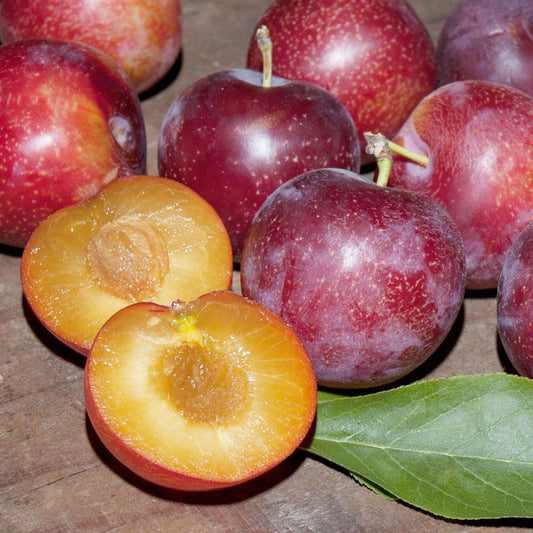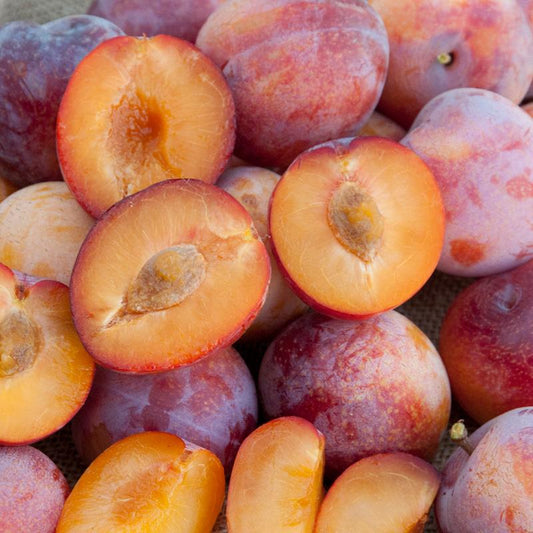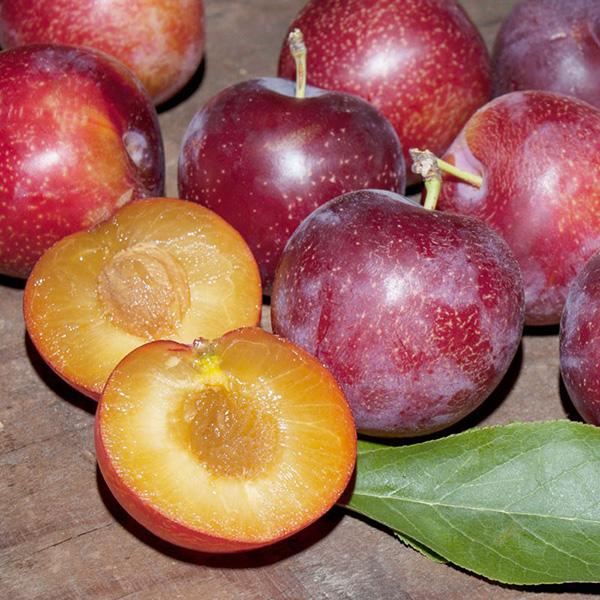
Pluerry trees, a hybrid of plum and cherry, are a delightful addition to any orchard or backyard garden. These trees combine the best qualities of both parent fruits, resulting in a unique and flavorful fruiting experience. In this article, we will delve into the world of pluerry trees, exploring their characteristics, care requirements, and the varieties available.
Understanding Pluerry Trees
Pluerry trees are a relatively recent addition to the fruit tree family, born from the ingenious crossbreeding of plum (Prunus domestica) and cherry (Prunus avium) trees. The goal was to create a fruit that retained cherries' sweetness while incorporating plums' size and versatility. The result is a pluerry, a fruit with a perfect blend of sweet, tangy, and juicy flavors.
Varieties of Pluerry Trees
Several pluerry varieties have been developed, each offering a unique taste and appearance. Some of the popular pluerry cultivars include:
-
Sweet Treat Pluerry (Prunus 'Sweet Treat'): This variety produces large, sweet, and purple-skinned fruit with a rich flavor reminiscent of both plums and cherries. The Sweet Treat Pluerry is an excellent choice for fresh eating and can also be used in desserts or jams.
-
Flavor Punch Pluerry Tree (Prunus salicina x Prunus avium): Harvested from late August through early September, the Flavor Punch Pluerry boasts a stunning orange-red skin. Characterized by small to medium-sized fruit and juicy, amber-colored flesh, this cultivar lives up to its name with a delightful flavor punch that pleasantly surprises the palate.
Planting and Care
Planting and caring for pluerry trees require some attention to detail to ensure healthy growth and a bountiful harvest:
-
Selecting a Location: Pluerry trees thrive in full sun, so choose a location in your garden or orchard that receives at least 6-8 hours of direct sunlight daily. Well-draining soil is essential to prevent waterlogged roots.
-
Planting: When planting your pluerry tree, dig a hole that is slightly larger than the root ball. Gently place the tree in the hole, ensuring the graft union is above ground level. Fill the hole with soil and water thoroughly.
-
Pruning: Prune your pluerry tree during the dormant season to maintain its shape and remove any dead or diseased branches. Regular pruning promotes air circulation and healthy fruit production.
-
Watering: Pluerry trees require consistent watering, especially during dry periods. Deep watering is preferable to shallow, frequent watering. Applying mulch around the tree's base helps retain soil moisture and suppress weeds.
-
Fertilization: Fertilize your pluerry tree in the spring with a balanced fruit tree fertilizer to provide essential nutrients for healthy growth and fruit development.
Harvesting Pluerry Fruit
Pluerry fruit is typically ready for harvest in late spring to early summer, depending on the variety and your climate. To determine if the fruit is ripe, gently squeeze it; ripe pluerries should have a slight give. Harvest the fruit carefully to avoid damaging the tree or the fruit itself.
Pluerry trees are a delightful addition to any fruit tree collection, offering a unique combination of plum and cherry flavors. With various cultivars to choose from and proper care, you can enjoy a bountiful harvest of sweet and juicy pluerry fruits. Whether you're a seasoned fruit tree enthusiast or a beginner in the world of orchard gardening, pluerry trees are a fascinating and rewarding choice for your landscape.
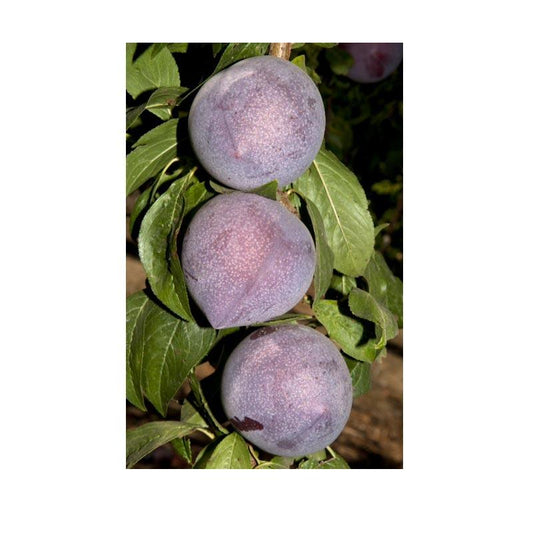 Sold out
Sold out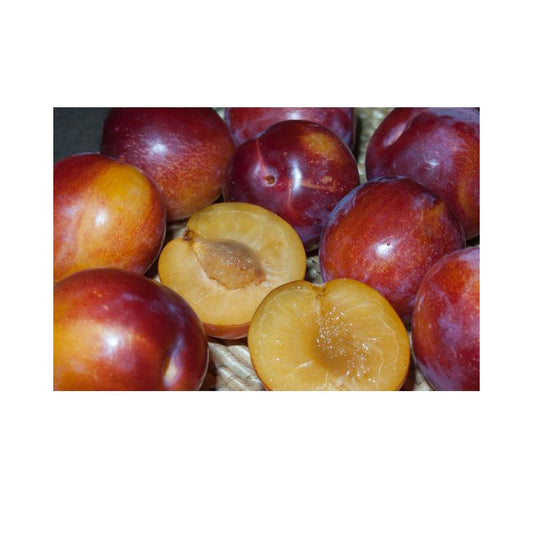 Sold out
Sold out

